GATLING GUN, USA 1861
€42.00 +VAT
American Civil War (1861-1865) Gatling Gun ( novelty)
In stock
CompareAmerican Civil War (1861-1865) Gatling Gun ( novelty)
The Gatling gun is one of the best-known early rapid-fire spring loaded, hand cranked weapons and a forerunner of the modern machine gun and rotary cannon. Invented by Richard Gatling, it saw occasional use by the Union forces during the American Civil War in the 1860s, which was the first time it was employed in combat. Later, it was used again in numerous military conflicts, such as the Boshin War, the Anglo-Zulu War, and the assault on San Juan Hill during the Spanish–American War.[4] It was also used by the Pennsylvania militia in episodes of the Great Railroad Strike of 1877, specifically in Pittsburgh. The Gatling gun’s operation centered on a cyclic multi-barrel design which facilitated cooling and synchronized the firing-reloading sequence. Each barrel fired a single shot when it reached a certain point in the cycle, after which it ejected the spent cartridge, loaded a new round, and, in the process, allowed the barrel to cool somewhat. This configuration allowed higher rates of fire to be achieved without the barrels overheating.
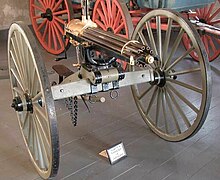
The Gatling gun was first used in warfare during the American Civil War. Twelve of the guns were purchased personally by Union commanders and used in the trenches during the siege of Petersburg, Virginia (June 1864 – April 1865). Eight other Gatling guns were fitted on gunboats. The gun was not accepted by the American Army until 1866, when a sales representative of the manufacturing company demonstrated it in combat.
On July 17, 1863, Gatling guns were purportedly used to overawe New York anti-draft rioters. Two were brought by a National Guard unit from Philadelphia to use against strikers in Pittsburgh.
Gatling guns were famously not used at the Battle of the Little Bighorn, also known as “Custer’s Last Stand”, when Gen. George Armstrong Custer chose not to bring Gatlings with his main force.

In April 1867, a Gatling gun was purchased for the Argentine army by minister Domingo F. Sarmiento under instructions from president Bartolomé Mitre.
Captain Germán Astete of the Peruvian Navy took with him dozens of Gatling guns from the United States to Peru in December 1879 during the Peru-Chile War of the Pacific. Gatling guns were used by the Peruvian Navy and Army, especially in the Battle of Tacna (May 1880) and the Battle of San Juan (January 1881) against the invading Chilean Army.
Lieutenant A.L. Howard of the Connecticut National Guard had an interest in the company manufacturing Gatling guns, and took a personally owned Gatling gun to Saskatchewan, Canada, in 1885 for use with the Canadian military against Métis rebels during Louis Riel’s North-West Rebellion.
Early multi-barrel guns were approximately the size and weight of artillery pieces, and were often perceived as a replacement for cannons firing grapeshot or canister shot. Gatling guns were even mounted aboard ships. Compared with earlier weapons such as the mitrailleuse, which required manual reloading, the Gatling gun was more reliable and easier to operate, and had a lower, but continuous rate of fire. The large wheels required to move these guns around required a high firing position, which increased the vulnerability of their crews.
Sustained firing of gunpowder cartridges generated a cloud of smoke, making concealment impossible until smokeless powder became available in the late 19th century. When operators were firing Gatling guns against troops of industrialized nations, they were at risk – vulnerable to artillery they could not reach and targeted by snipers they could not see.
| Color | Brass, Grey |
|---|---|
| Country | USA |
| Material | Metal |
| with mechanism | NO |
You must be logged in to post a review.


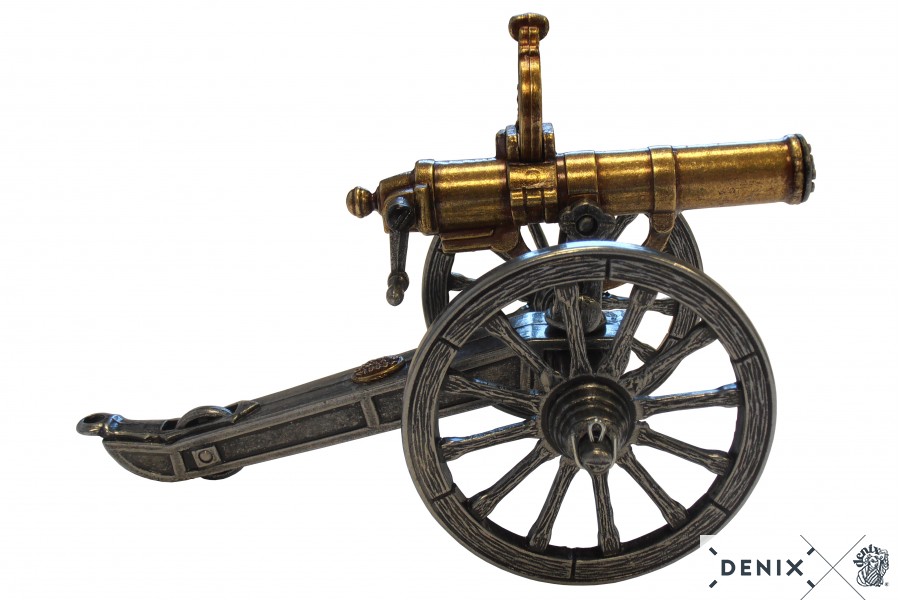
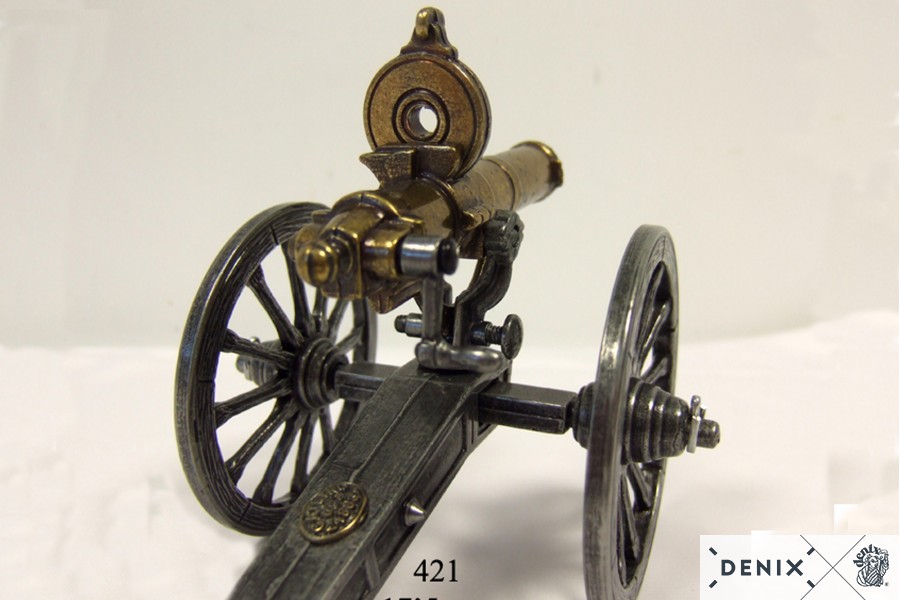

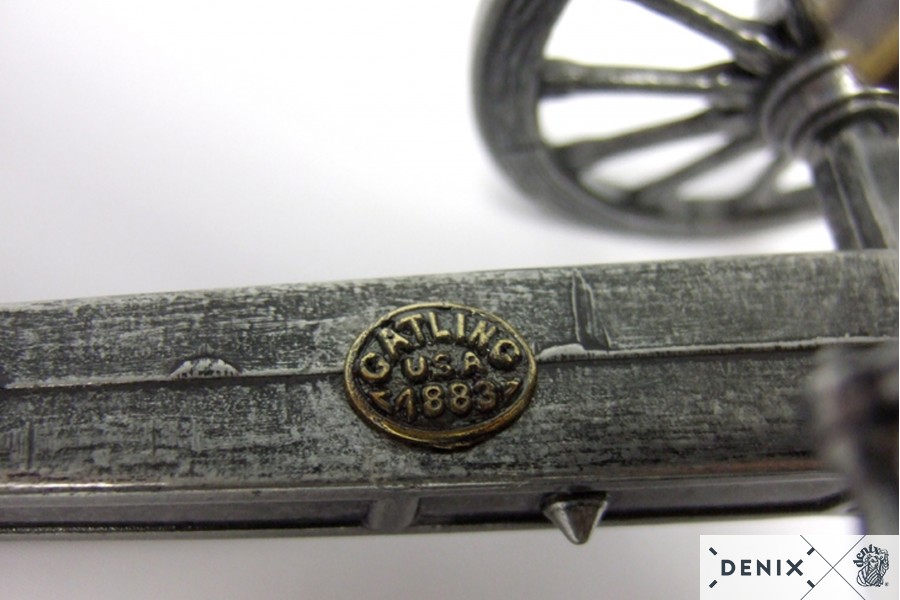
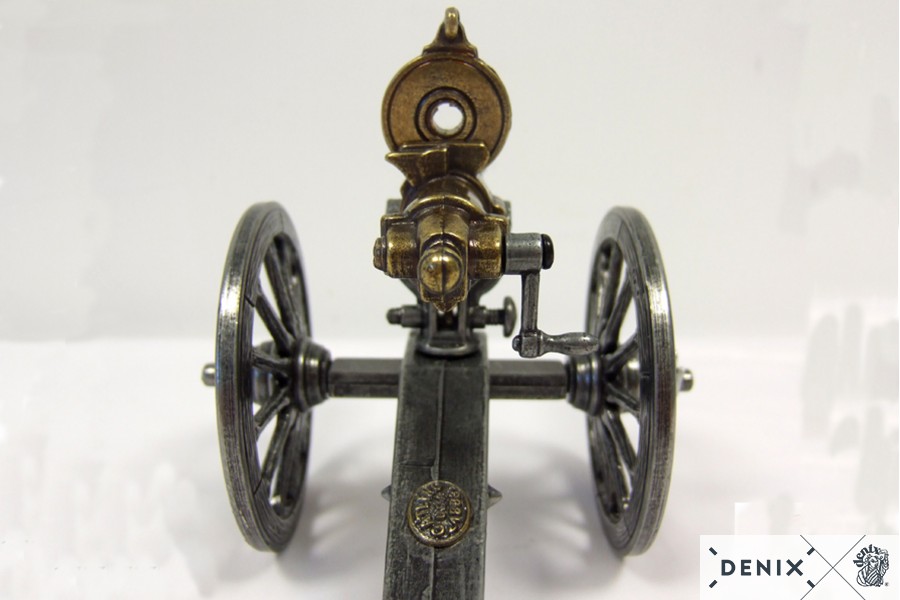
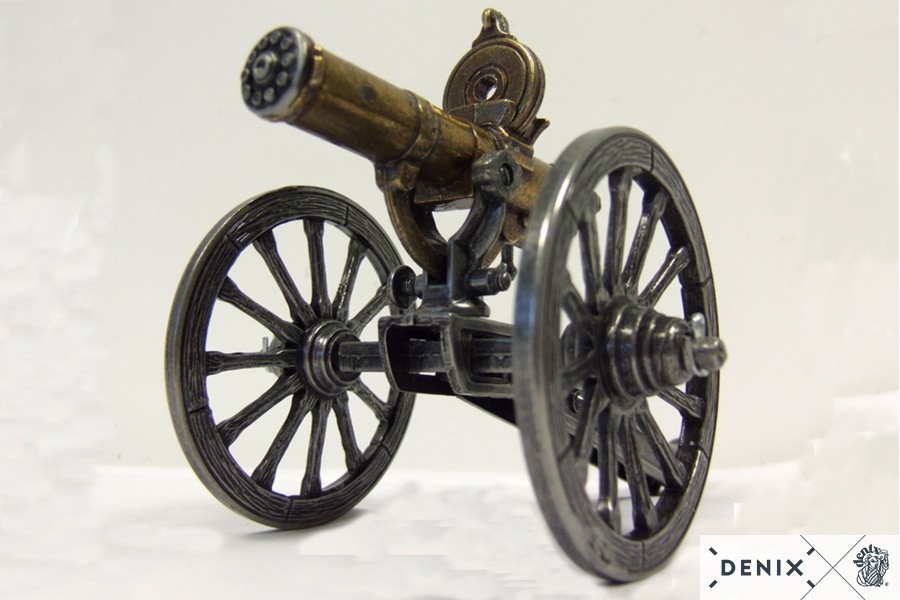

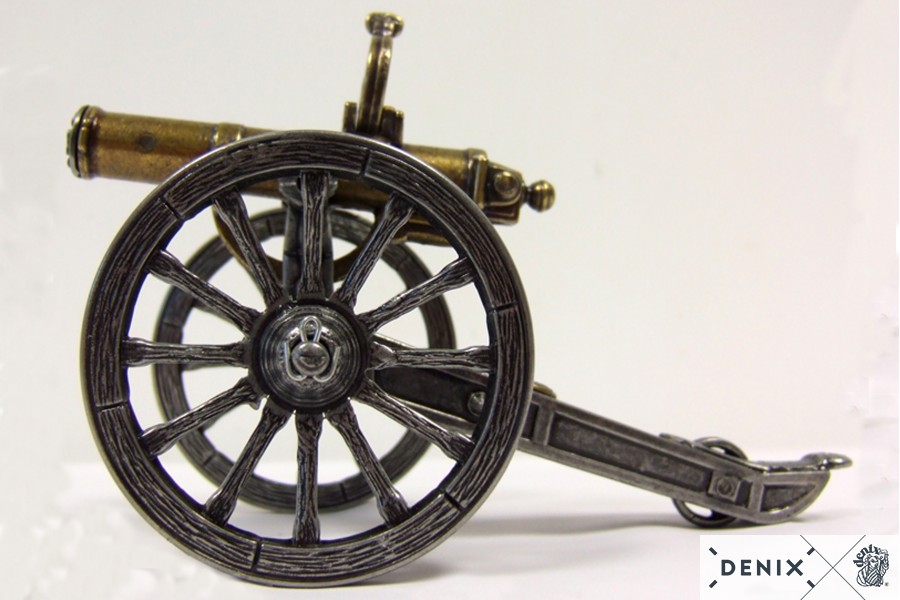
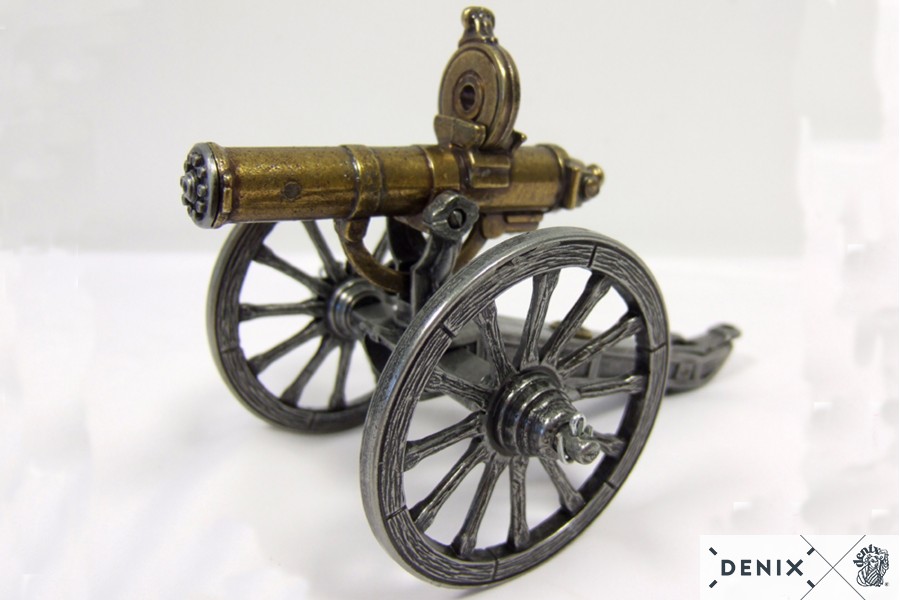
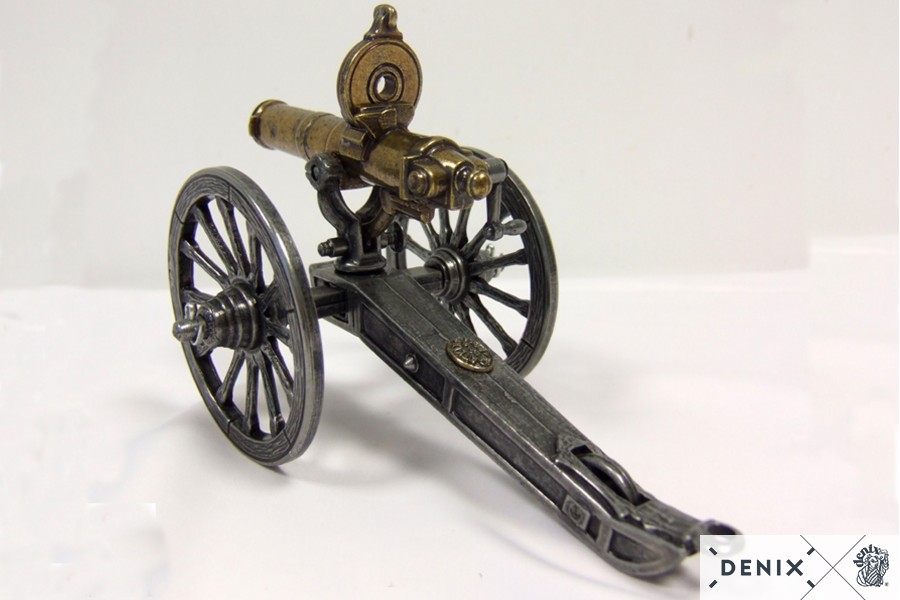
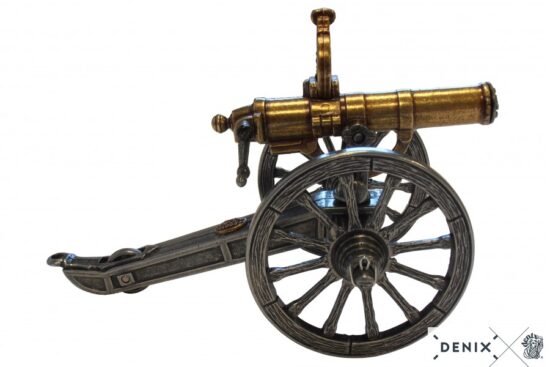
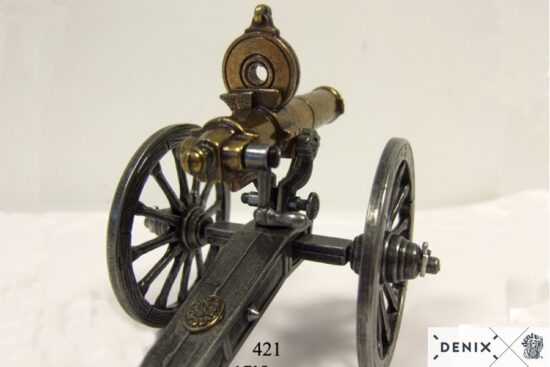
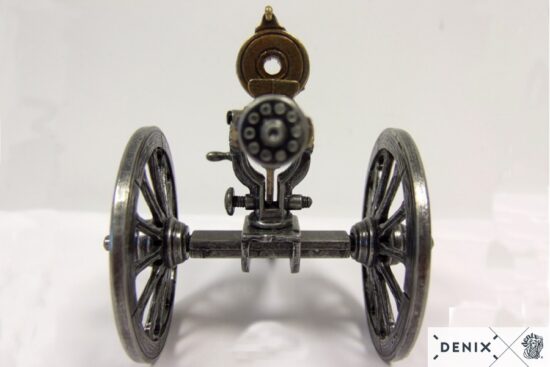
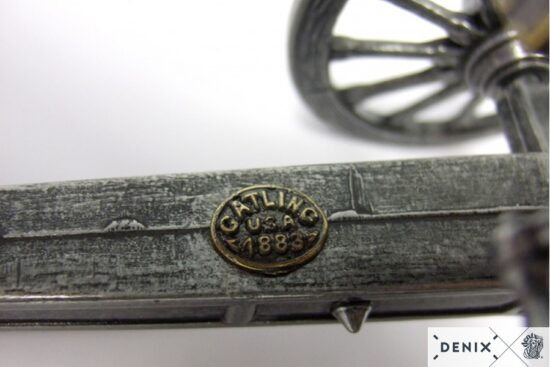
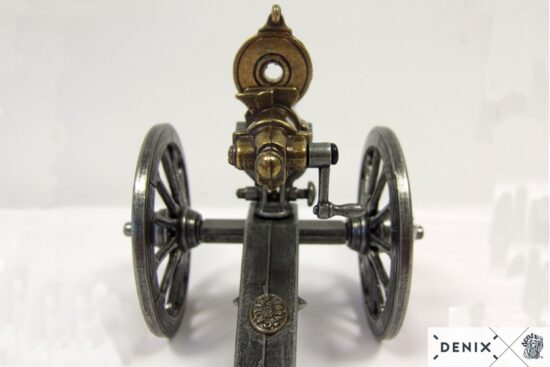
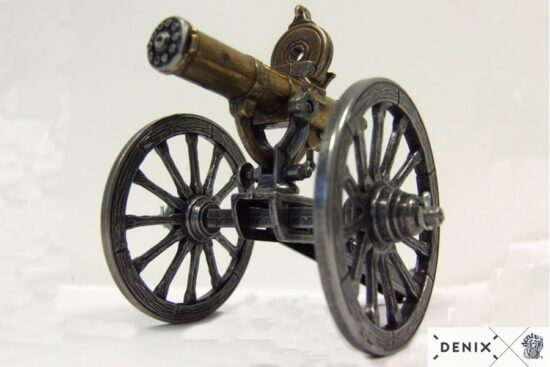
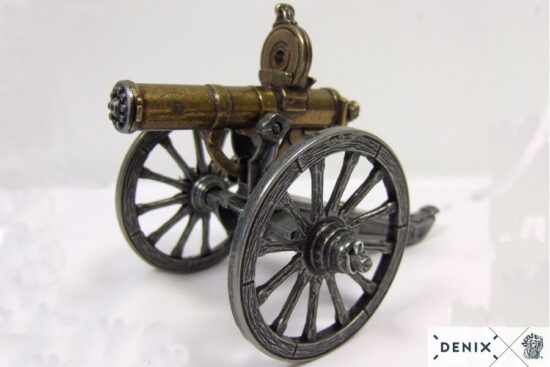
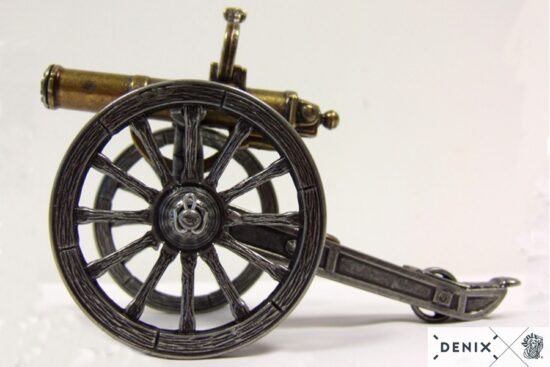
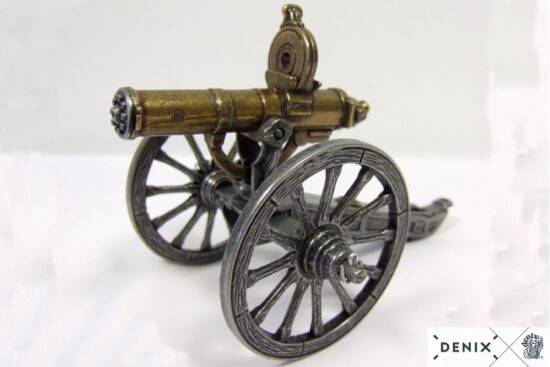
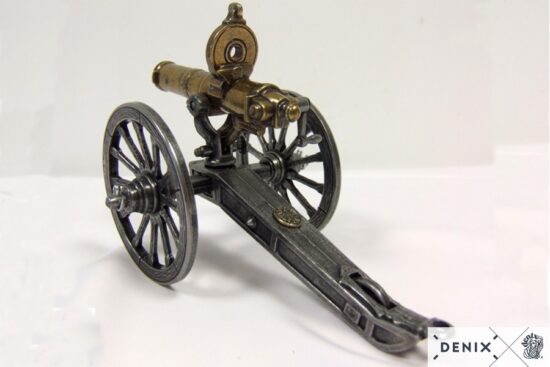

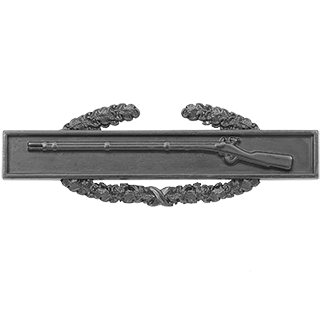
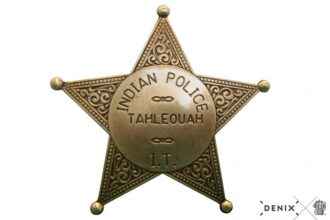

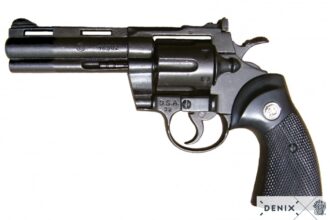

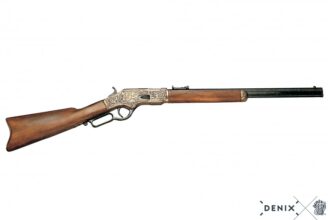

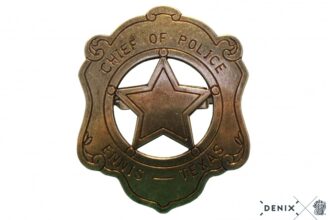

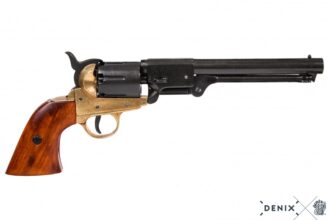

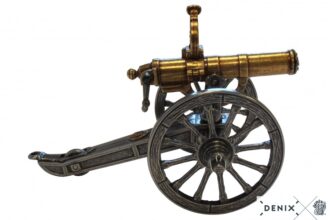
Reviews
There are no reviews yet.